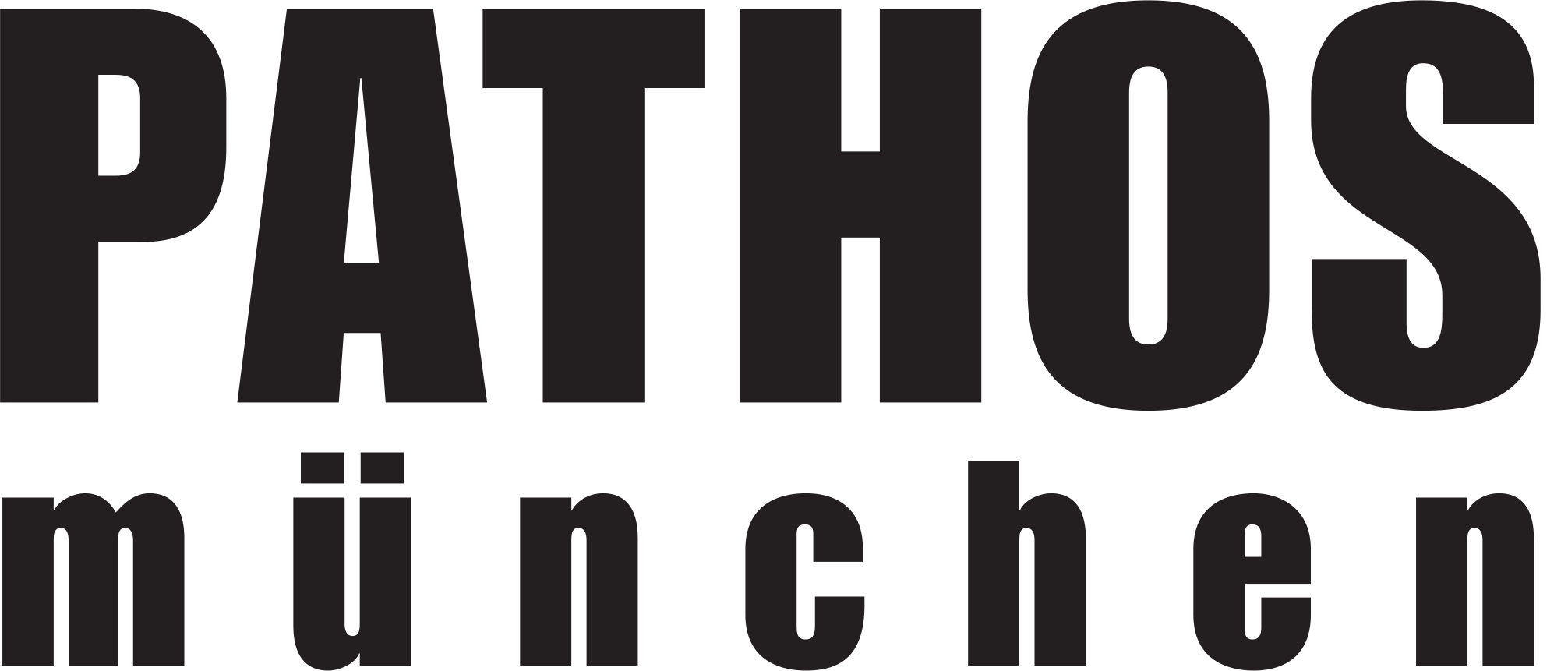The Chorus
Workshop Three
Monday 13 July 2020, 6.30-8pm
Aims of the session
- to take the themes the group has identified, and come up with doable ways to explore them
- continue building the ethos of co-collaboration
- identify any other potential team members/partners/contributors to the project
Session Discussion
- What ways could we approach the themes we talked about in last week’s session? What forms could our audio project take?
- Feedback on Task 2
- Discussion of Eddie's question from last week "why would I change a system that benefits me?"
Task Three: Audio Inspirations
This week’s task is about building on the sense of detailed observation and honesty that you’ve shown with the first couple of tasks. We’ll be looking into a photograph of a scene of protest, observing and describing what we see, and using our imaginations to try to experience that scene from two people’s perspectives within the scene.
What you’ll need
- Your recording device
- Somewhere fairly quiet so there’s not too much background noise while you’re recording
- As usual, you might want to read through all these instructions before you start.
Part One: Choosing an Image
Take a look at each of these pictures. Take at least a minute looking at each one. What details do you notice? What jumps out that’s unusual, interesting, or unexpected? Just from the picture, can you figure out where or when this picture was taken. Make a decision about which of these pictures is the most interesting and engaging to you. You’re going to work with this photograph throughout the exercise, so make sure it feels like it’s meaningful to you. If none of them feel powerful to you, you’re welcome to choose a different photo of your choice. We’ve focused on images of protest that I found in a Google Images search - but any image of protest will work as long as it feels powerful to you!
Part Two: Observer
Start your audio recording device, and bring your chosen image up on your screen. Start speaking! No timers this time round, but about three minutes is a good starting point.
Describe what you can see in as much detail as you can. Imagine that you are standing behind the camera - you are a witness or observer to what’s going on. Here are some questions that might be helpful, but feel free to add anything else that you think is important:
Who and what can you see in the photograph? Describe them in as much detail as possible, for example:
- What do they look like?
- What are they wearing?
- What does their physical expression say about how they’re feeling?
- What does what you can see tell you about where you are? Are you in a town? A city? A village? The countryside?
- What sounds do you imagine hearing?
- What smells can you imagine being able to sense?
- From where you’re standing, is there anything that you can taste on the air?
- What do you get from your sense of touch?
- Is it hot? Cold?
- Is there a wind?
- Do you feel enclosed, or in open space?
- What emotions do you imagine feeling while observing this scene?
Once you’ve described this, imagine what happens next. Who does what? To whom? Describe it in as much physical detail as possible - so what do you see/hear/smell/taste/ touch - and how do you feel about it? Once you’ve finished this, stop recording.
Part Four: Antagonist
The final part of the exercise! This time, you’re going to see the scene from the point of view of the antagonist.
In normal speech, antagonist sometimes means someone who’s starting a fight or an argument, but in drama it refers to anyone who’s engaging with the protagonist! In Beneath the City, all of Rochi’s characters were antagonists; but so were you all as the Chorus. So pick anyone you see in the scene who has a relationship with the protagonist (they’re not just an observer).
Describe the scene from their point of view. Look at the image. Close your eyes. Imagine how this person is thinking and feeling. Then open your eyes and describe the image from their point of view.
The same prompts as before might be helpful: Who and what can the antagonist see in the photograph? Describe them in as much detail as possible, for example:
- What sounds can they hear?
- What can they smell?
- What might they taste?
- What do they get from their sense of touch?
- What emotions are they feeling?
Then describe what happens next from their point of view. What do they do? What’s done to them? What do they feel, see, experience?
RELATED PAGES
CREATIVE PARTNERS
SUPPORTED BY




